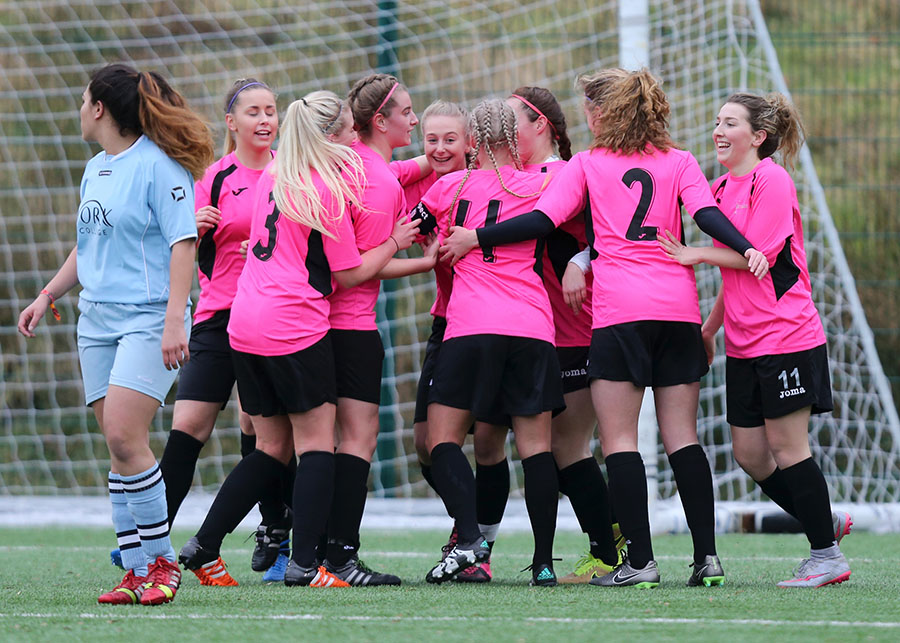How a FMCG crowdsourced solutions using Synthetron online dialogues following disappointing survey results on retention and work life balance.
“This exceeded our expectations, and those were high.”
— Senior board member
Situation
A multinational consumer goods company board member was surprised to see – despite overall good results – some very low work-life balance and retention scores in his business unit (BU).
Management did not have instant answers for the disappointing survey results. They also lacked insight into what potential actions would work to turn these scores around.
They wanted to dig deeper into the survey results by engaging employees in a different way.
Approach
Together with representatives of the company,.Synthetron developed the questions for an online dialogue to better understand the low work-life balance and retention scores.
The entire BU was invited to spend 1 hour of its monthly “all in office” day to join a Synthetron session about work-life balance and retention.
Top management observed the discussion in a separate room. In this way, they experienced the authentic feedback and could sense the energy of the conversation.
Results
On the day of the discussion, the entire BU felt lots of energy and excitement. Some difficult topics were on the table, and solutions were now clearly articulated.
Within two weeks, Synthetron presented the results to the management and two weeks later to all participants. The results provided insight into what the different issues were. Motivators and de-motivators were itemized. 4 actionable improvement areas with specific suggestions for implementation were presented.
In addition, a mindset analysis made the management aware of how important it was for them to act. The mindset analysis also explained how management could best communicate about some of the very sensitive issues.
The BU management took action on the practical solutions suggested. They also addressed the sensitive issues very openly. This created instant good will and a significant increase in employees’ survey scores the next year.





